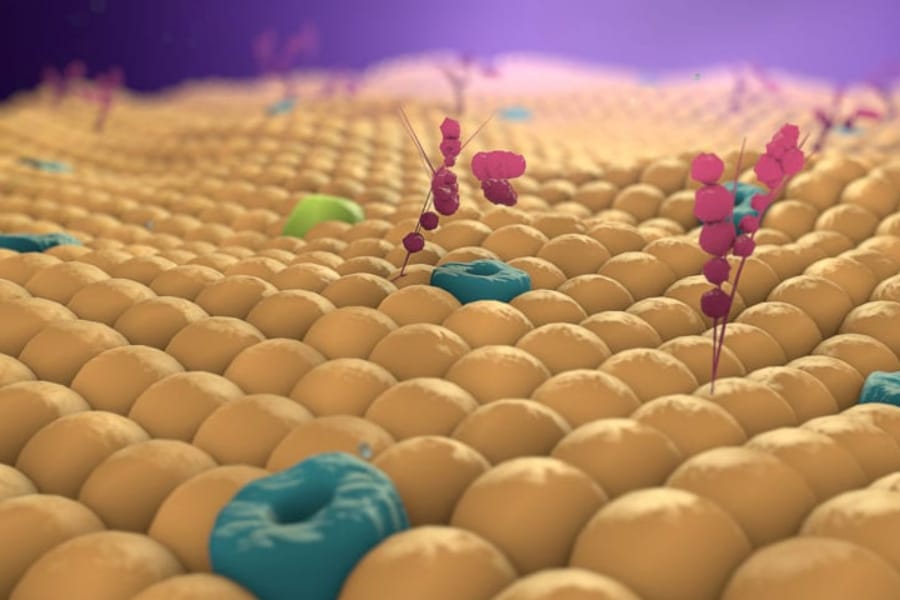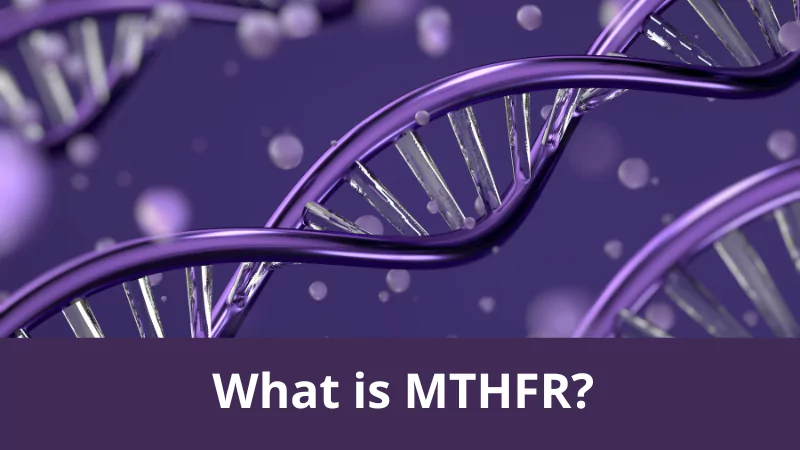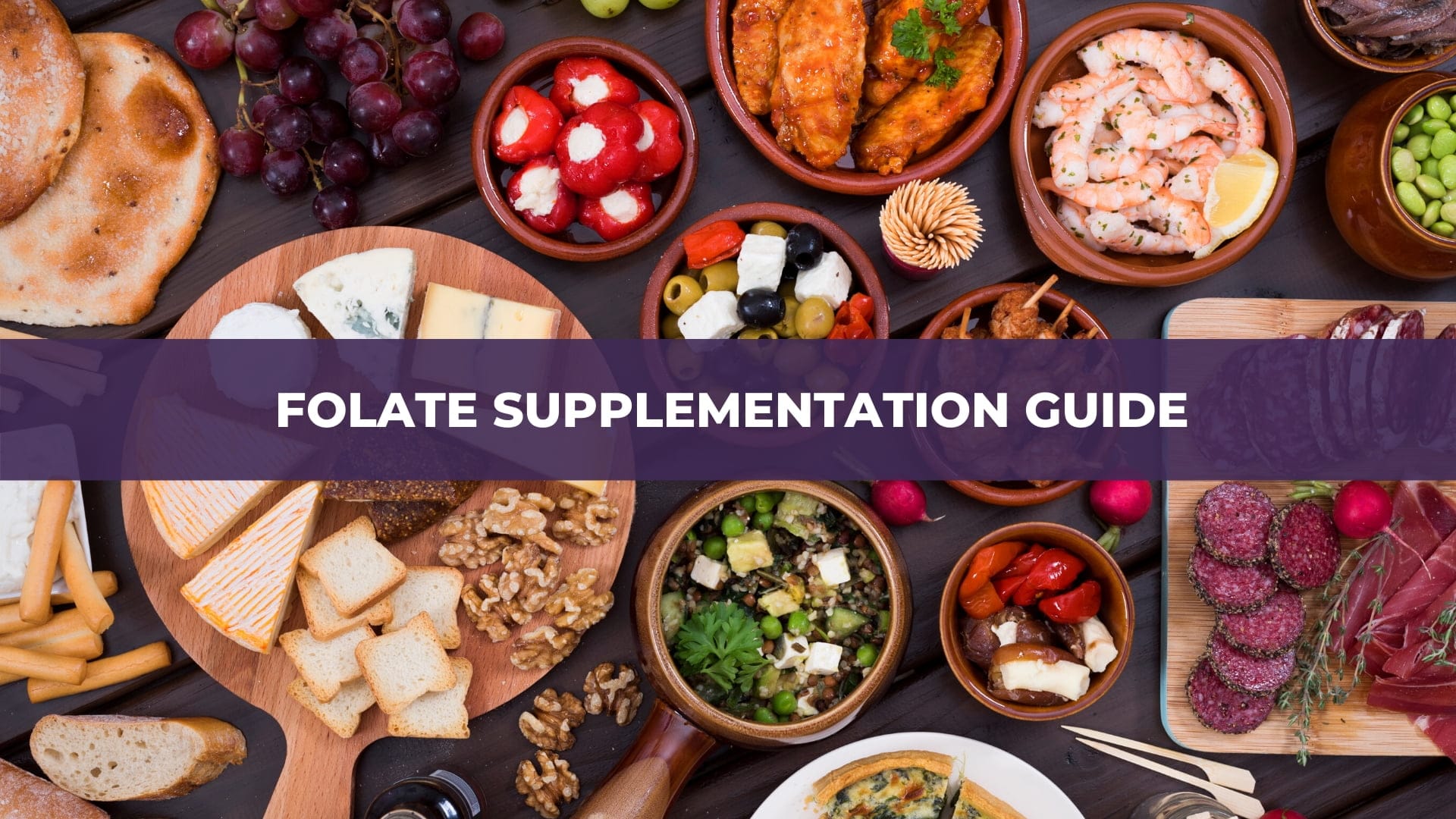What if a standard multivitamin could quietly damage your nerves over time?
This isn’t a hypothetical — it’s a clinical pattern showing up with surprising regularity. And for years, we’ve largely misunderstood why.
Vitamin B6, often taken in the form of pyridoxine, is essential for over 100 enzymatic reactions. It helps synthesize neurotransmitters, regulate methylation, support detoxification, and even modulate immune function. But there’s a paradox: patients are developing sensory neuropathy — burning, tingling, numbness — on doses once considered perfectly safe. Sometimes below 50 mg/day.
This isn’t a story about megadoses. It’s a story about biochemistry gone sideways, genetics unmasked, and a growing need to re-evaluate what “safe supplementation” really means.
Mechanism 1: Genetic Vulnerability – The PDXK Problem
The enzyme pyridoxal kinase (PDXK) is essential for converting dietary forms of vitamin B6—namely pyridoxine, pyridoxal, and pyridoxamine—into their biologically active form, pyridoxal-5′-phosphate (PLP). PLP is the true coenzyme, responsible for participating in over 100 biochemical reactions, including those involved in neurotransmitter synthesis, transsulfuration, and amino acid metabolism.








